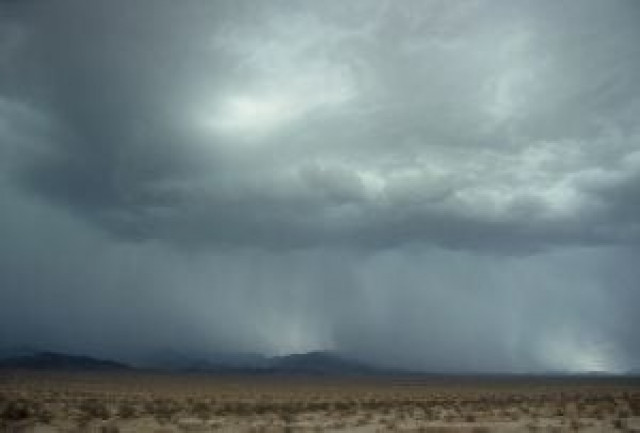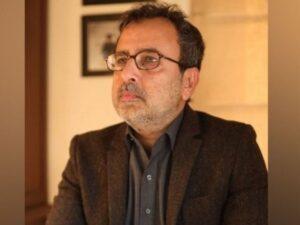Islamabad:
The main meteorologists increase red flags on the growing improper use of the term “Cloudburst” in the media and Pakistan public speech.
According to experts, labeling unchanted each episode of intense rain of monsoon as a cloud does not only offer unnecessary fear, but also undermines the severity of authentic warnings.
Managers point out that an explosion of clouds is a rare and scientifically defined phenomenon, triggered by orographic effects in the atmosphere – when the air loaded with humidity is quickly raised on mountainous land, causing sudden and extremely strong precipitation on a small localized area.
On the other hand, widespread showers are currently beat the Swat, Buniner, Chitral and certain parts of Khyber-Pakhtunkhwa are severe, but not technically.
The Director General of the PMD, Mahr Sahibzad Khan, said that the term “Cloudburst” is often poorly used, which leads to confusion.
“A Cloudburst is very different from heavy rains. We gave early warnings a month before the start of the monsoon, and specifically intimidated on June 23. The tragic swat incident of June 27 occurred despite the repeated forecasts.”
Mahr Sahibzad Khan explained that the PMD issues timely forecast via a system on several levels – first alerts a month in advance, then updated the moment when monsoon systems are going through the center of India and enter the Sindh and northern Pakistan. Before any violent time, the Department also publishes a lower forecast – a forecast of three highly localized hours aimed at guiding local administrations and the public. “These forecasts are only useful if people take them seriously,” he said, adding that the PMD forecasting equipment is calibrated each year in winter to maintain precision. The chief meteorologist, Dr. AFZAL, recalled that a real explosion of clouds struck Islamabad in 2001, when 600 mm of rain fell in 10 hours – a ladder not seen since. He urged the public to respect official warnings: “Avoid going out in extreme weather and planning outdoor activities depending on the forecasts.”
Stressing the human dimension, the DG Khan praised the efforts of Wazir de Qurat-Ul-Ain, then additional assistant of Nowshera, who went from door to door during previous floods to persuade the families to evacuate. “This is the level of gravity we need in response to disasters,” he noted.
Asma Jwad Hashmi, director of the National Agrommet Center, also published a message to the inhabitants of the areas affected by the floods: “Stay aware of the weather by regularly checking forecasts. Awareness and precautionary measures in a timely time are the first line of defense.”
Officials have also drawn attention to climate change, noting that the warmer air carries more humidity, making the motifs of monsoon more erratic and dangerous. They have referred to global examples of flash of deadly clouds in Uttarakhand (India), Ladakh and even parts of Europe, stressing that Pakistan must prepare for similar extreme weather events.




